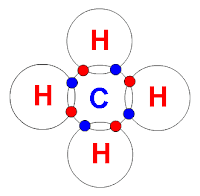-Today, we had the chance to synthesize an Ester from a carboxylic acid and an alcohol.
- We needed the following materials: isopropyl alcohol, methanol, salicylic acid, acetic acid, concentrated sulphuric acid, 2 x 200 mL beakers, ice water, eye droppers, and test tubes
- Remember that esterfication is the formation of an Ester from a carboxylic acid and an alcohol
- Esters are responsible for many common smells:
isoamyl acetate-----> banana
isobutyl salicylate-----> raspberry
methyl salicylate----->wintergreen
ethyl butyrate-----> pineapple
benzyl butyrate-----> cherry
ethyl propionate-----> rum
isopropyl acetate-----> perfume
benzyl acetate-----> peach
methyl butyrate----->apple
octyl acetate----->orange
propyl acetate-----> pear
ethyl phenylacetate-----> honey
- We decided to create a wintergreen smell (Alcohol = Methyl alcohol and acid = Salicylic Acid):
1) We used a hot plate to heat up about 150 mL of water in a beaker
2) We added one scoop of salicylic acid to a test tube
3) We added 15 drops of methanol to the same test tube
4) We added 2-4 drops of Sulphuric acid (Had to be careful however as sulphuric acid is very corrosive)
5) We placed the test tube in the hot water bath for 15 minutes and placed a 10 ml beaker over the test tube
6) We colled the test tube in the ice water bath for 2 minutes
7) We wafted the fumes toward our noses to carefully smell the test tube. Success! Wintergreen!



















































